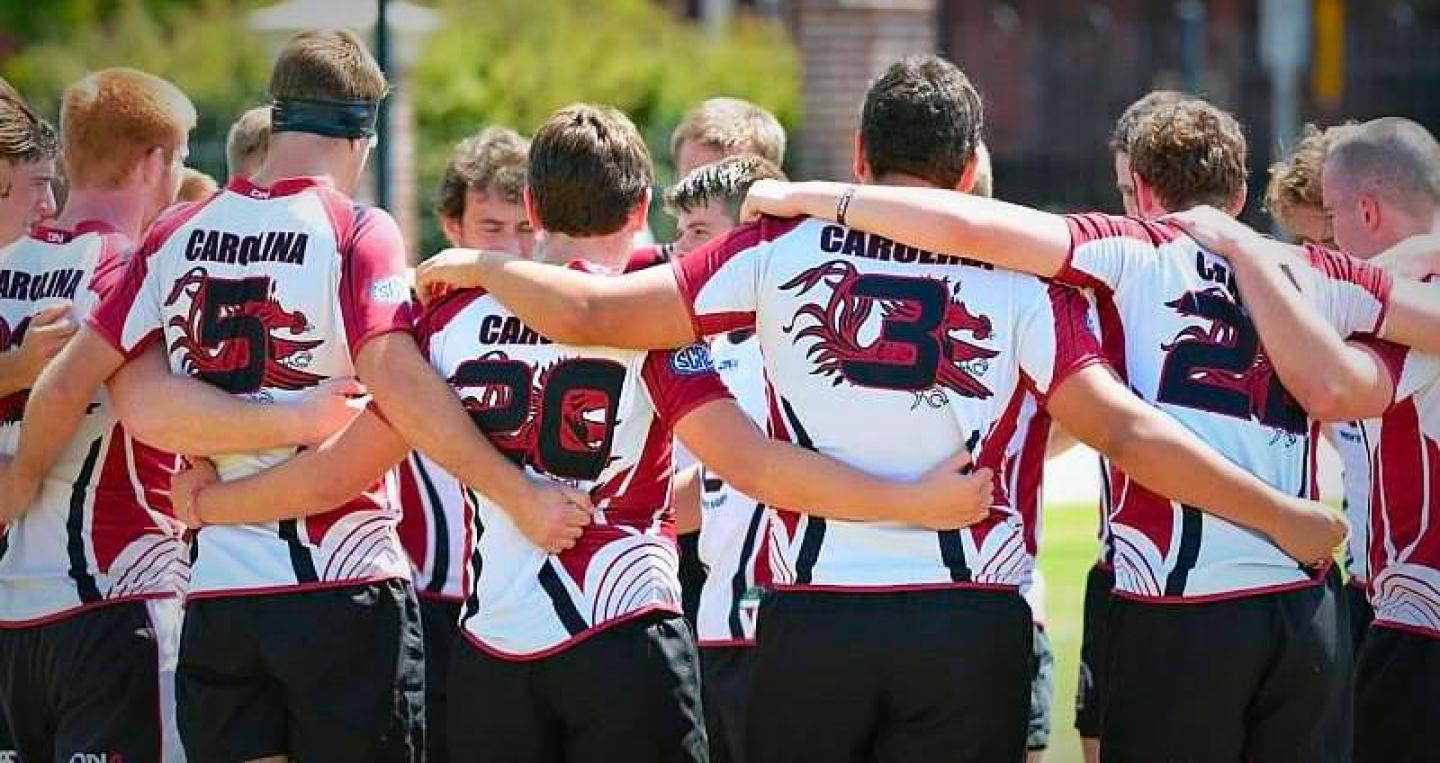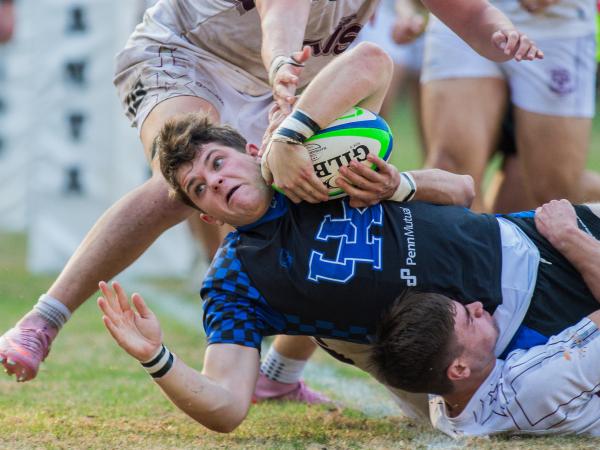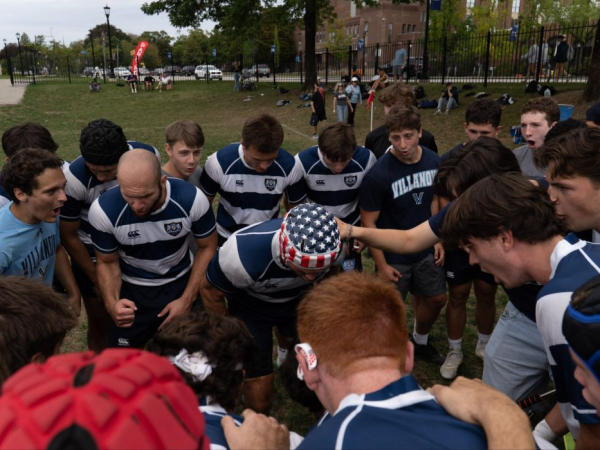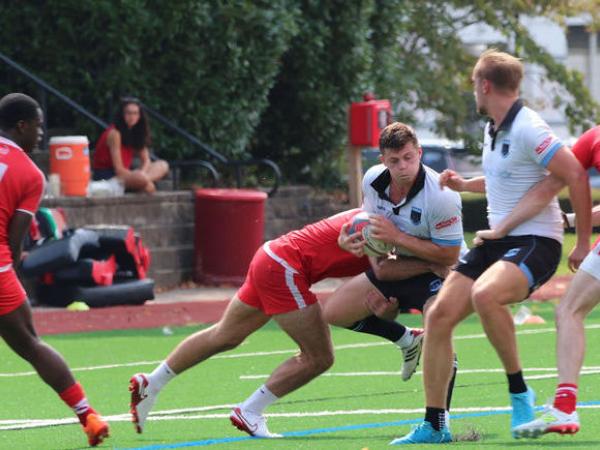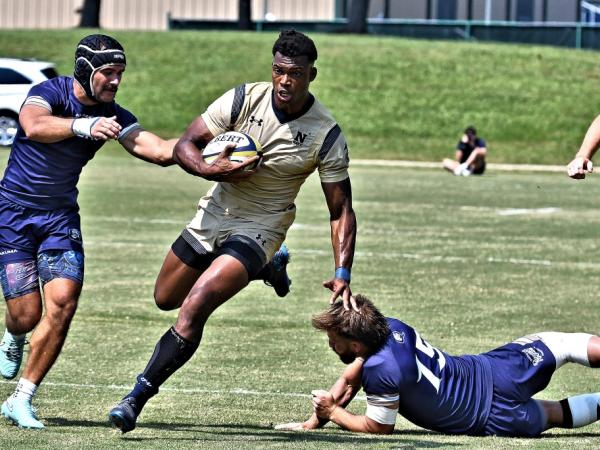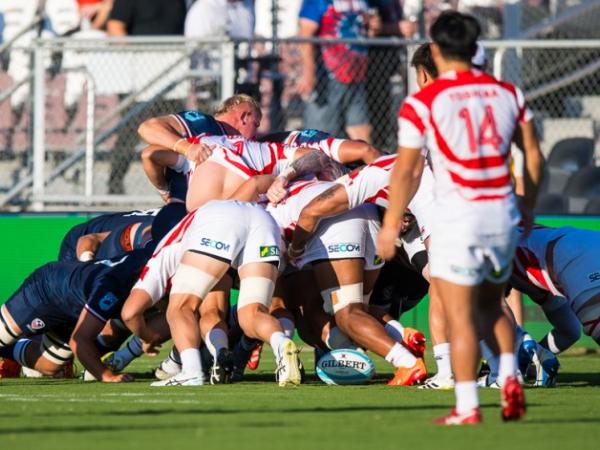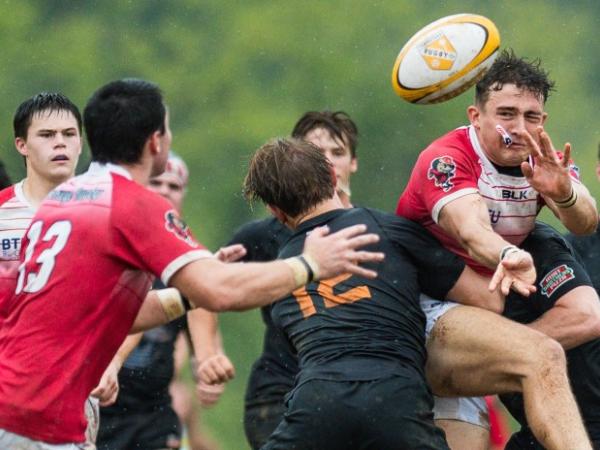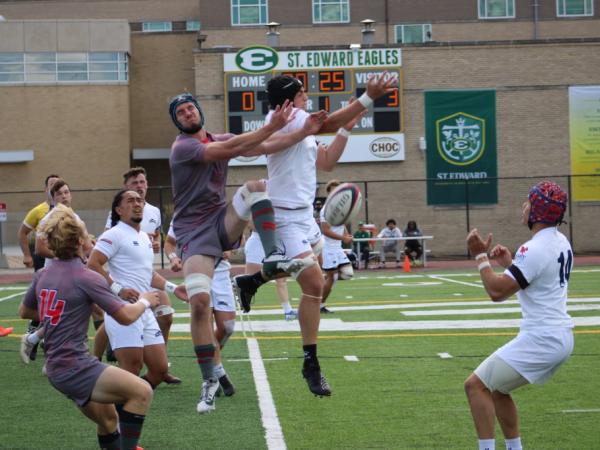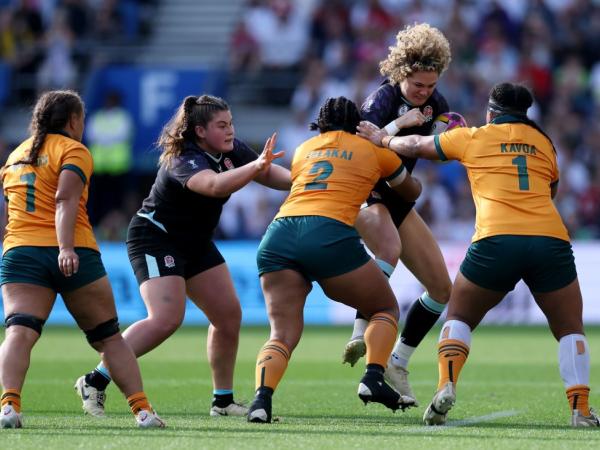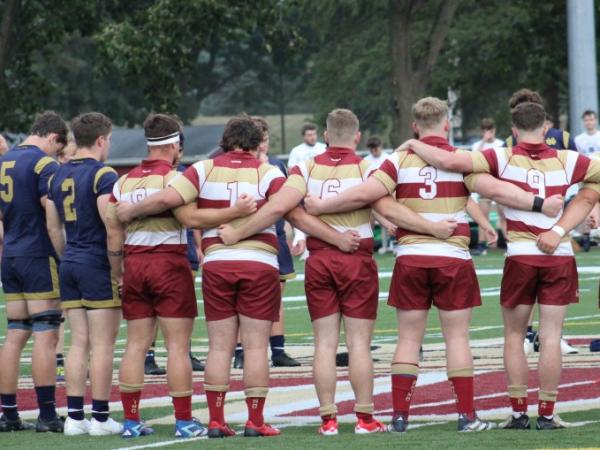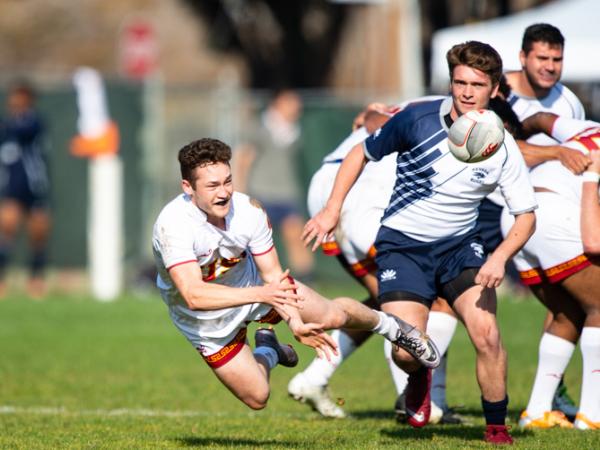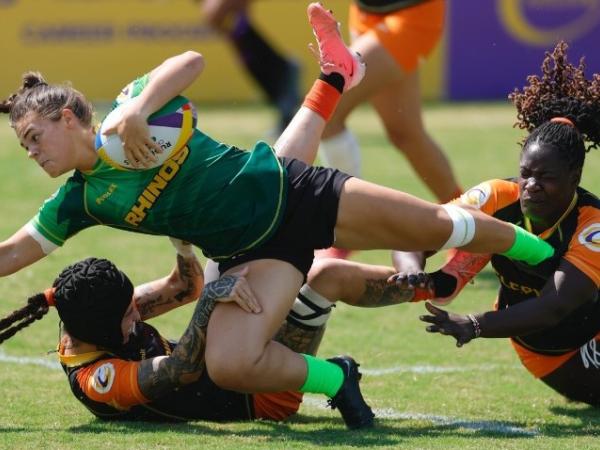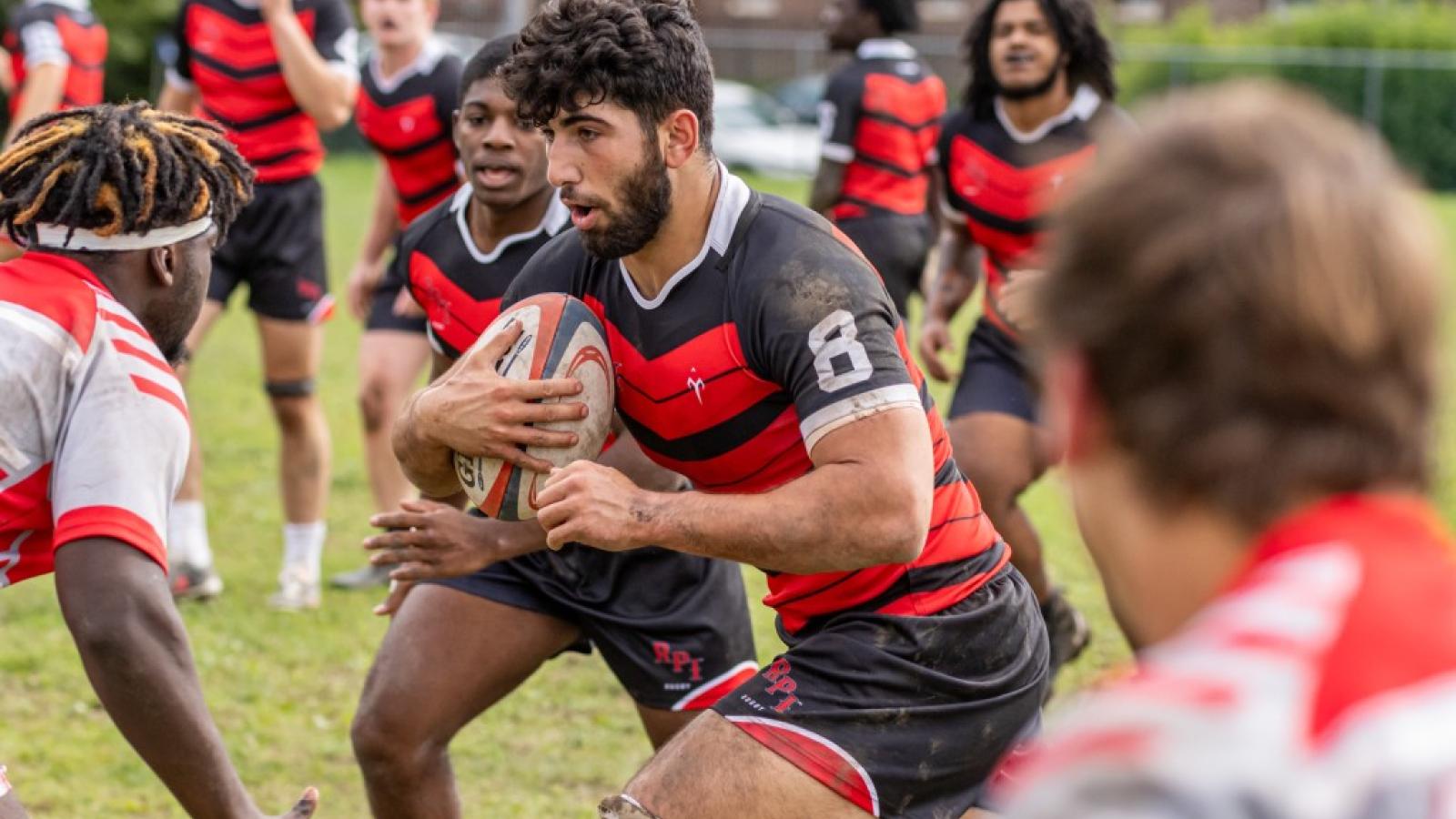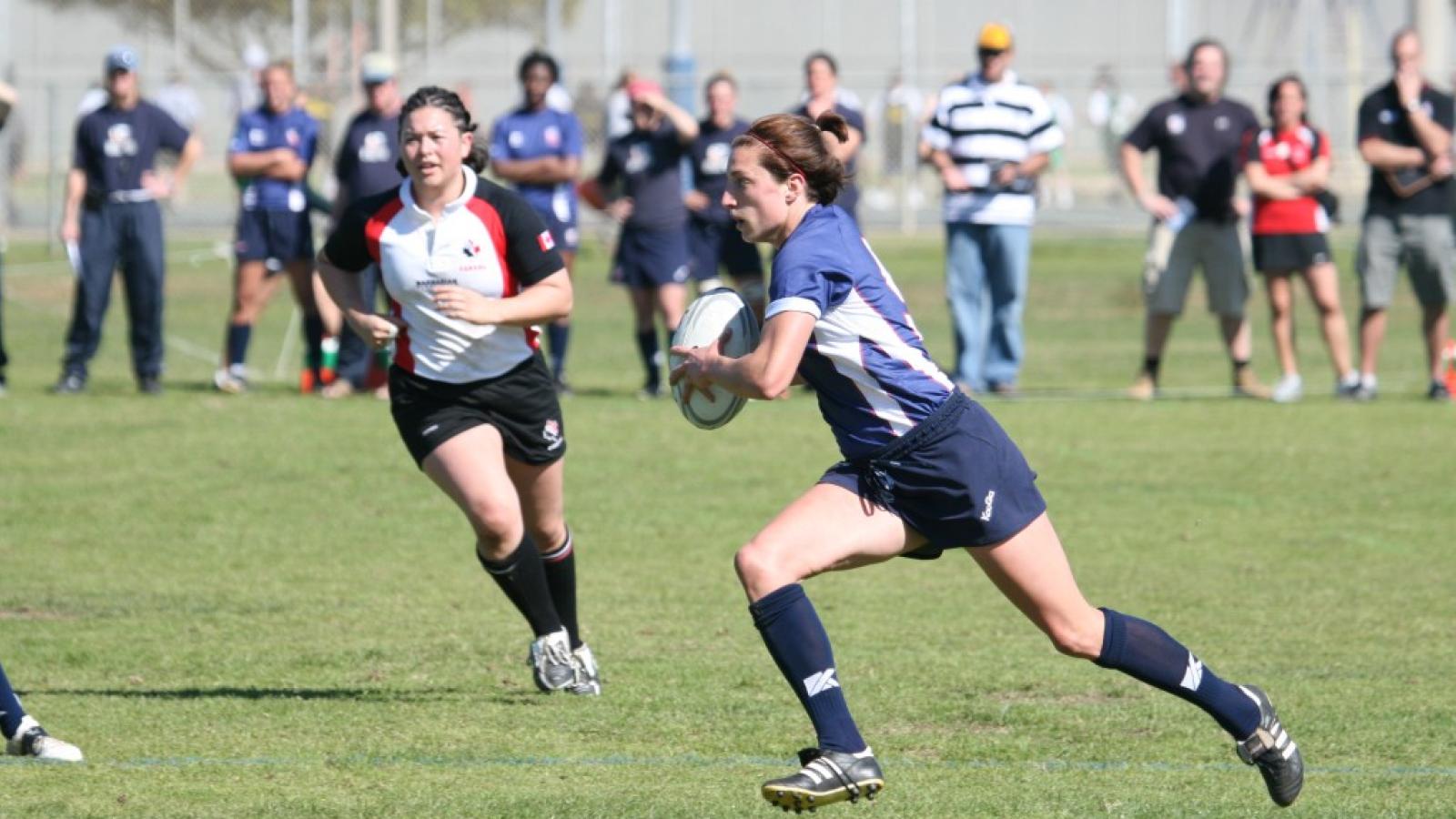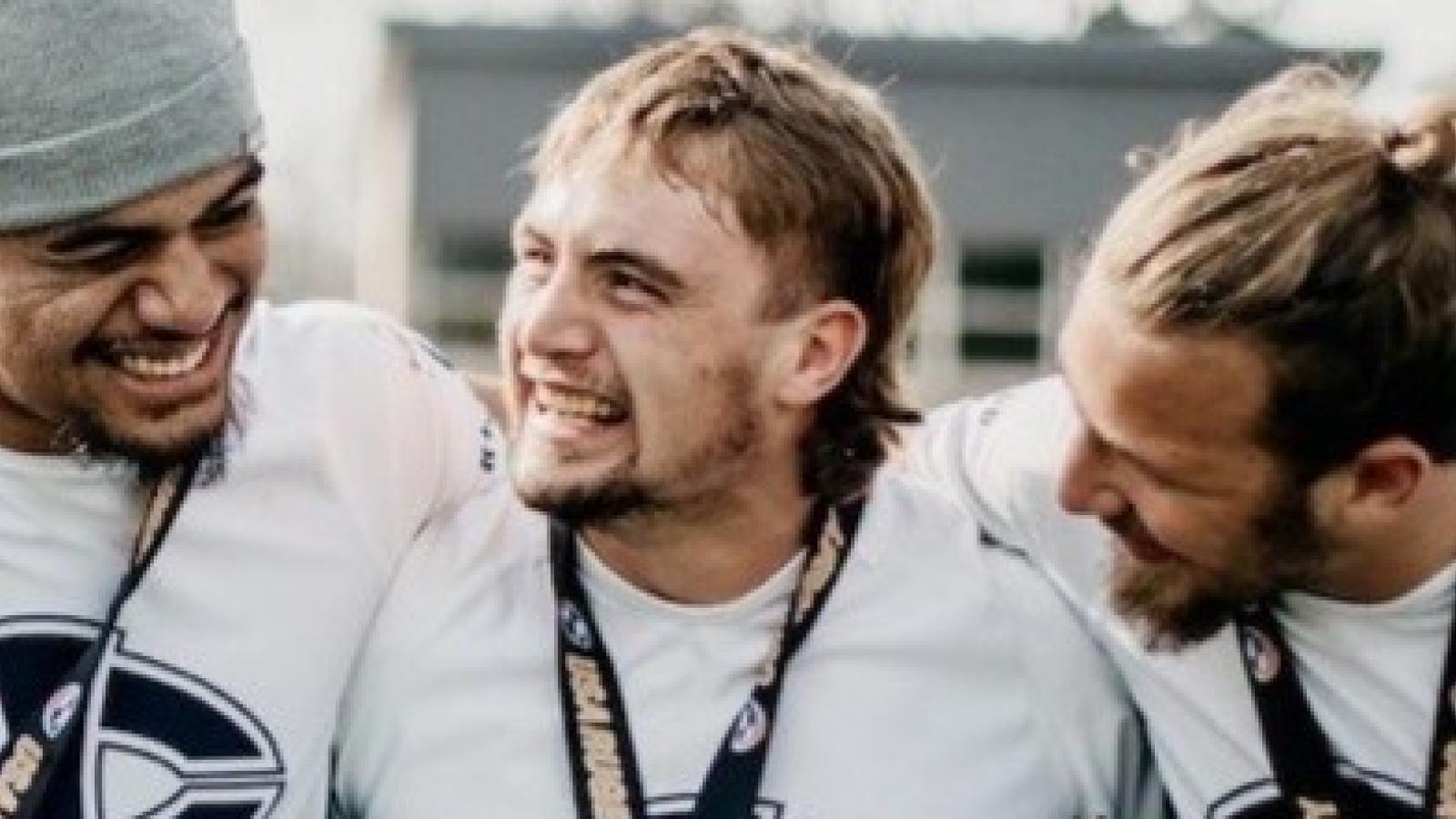I have been fortunate to work on a few webcasts recently as a play-by-play or color commentator (actually, I did 16 games in the space of ten days but who’s counting?), and I have some opinions that have sprung up from those experiences.
First off, I have to apologize to any player whose name I mispronounced. It’s not easy, but it’s also not easy to have your family and friends what you play and hear the announce butcher your name. No fun. There’s a reason, of course. At times I have done work on just one game in a day, and when that happens I have the lineup in front of me several hours before, and I can study the names, try to memorize their numbers, and say their names over and over again.
Some years ago I did commentary with Brian Vizard for the Utah v BYU game, and we spent over an hour going over name pronunciations.
But when you have a lineup given to you three minutes before kickoff, that’s not a luxury you get. Maybe you can quickly try to get pronunciation right, but you don’t always.
And then again, what if you’re saying the wrong player entirely? This is the big issue currently in TV/webcast coverage of rugby game in the USA. The announcer has a lineup in front of him, but two players have switched jerseys, or the coach got the lineup wrong. Unless (as happened for me in the mens DII final), you can visually recognize the players and switch the names, you’re in trouble. At the ACRC I got the top try-scorer for Notre Dame College wrong all evening, and the fact it was at night and I was elevated didn’t help me. But still, if I had been thinking properly I would have realized I was looking at RoNeil Reynolds. That one bugged me.
But I understand, to a certain extent. College rugby players aren’t used to being on TV or webcast, and they don’t realize that if the wings switch jerseys, that messes it up for the announcer, and the audience.
Coaches, too, are probably used to reading their lineup and saying “locks will be Deshawn and Willard” or “Brittany and Malika are the wings” and they don’t think that the specific number matters. It doesn’t, to the team, but it does to everyone else.
We even got a roster for one game that had a player listed as 12 or 13. This doesn’t not help us.
Coaches need to be better as being specific. It’s surprising when a coach doesn’t have a lineup ready until five minutes before kickoff. What’s even more surprising is that the mistakes are not limited to the amateur coaches. Plenty of coaches who are paid to coach do not submit timely and accurate lineups. I heard one observer say that those coaches get caught up in being the person who does everything, but at the same time while the coach doesn’t want to delegate, he or she doesn’t want to do the annoying paperwork, either.
Here’s a tip, coaches - assign someone to put together the lineup, and make sure that person knows he or she has to be draconian about numbers.
Almost every game I announced in the last two weeks had some sort of roster mistake or ambiguity in it. I expect a few, but there were some that made it almost impossible to announce the game accurately.
Numbers
When you order your jerseys, think about the numbers. It would be nice for the fans and PA announcers or webcast and TV announcers to be able to read the numbers.
In the not-too-distant past, rugby jerseys were put together basically one way, with the numbers in black on a white square (or sometimes a fancier shape like Gentlemen of Aspen’s aspen leaf), and the square stitched onto the back.
After a while the numbers because heat-pressed on in a contrasting color.
But with the new jersey process that allows shirts to have any design, teams are getting creative. And while a little creativity is a good thing, it can create problems as much as anything else. I am going to call out a few teams specifically now:
BYU. Your white jerseys with the thin-line blue numbers are almost impossible to read from any distance. Most of the jerseys look blank on the back.
Cal. With the dark-blue stripes going across absorbing the black numbers, some numbers, such as 7 and 13 and 15 are very difficult to discern. Several other teams with stripes (or hoops if you want to get all English about it) do the same thing, or worse - black numbers on blue-and-black stripes. White numbers on blue and white stripes (Air Force). A little contrast goes a long way - hence the old white square and black numbers.
Tennessee. White and light orange are not sufficiently contrasting.
South Carolina. Please have a look at the webcast of your ACRC Bowl game (also the SCRC final). Your numbers are unreadable. The numbers were, I think, in black, but small, with a busy red design as a background. Every number looked, to me, to be a blob. That’s why I didn’t mention too many USC players during the game. The numbers were impossible to read.
The difficulty in identifying players for fans, referees, and announcers is such that I would like to propose three ideas. They are not my ideas, but I am advocating them.
1. Take a cue from soccer and put numbers on the shorts. This would be very helpful for assistant referees in identifying players when making calls.
2. Put jersey numbers on the front, as well as the back. This is an idea long advocated by the great rugby commentator Nigel Starmer-Smith. Especially in 7s, where things move so quickly, you don’t have a lot of time to try to identify a player, and definitely when you don’t recognize the player at first. The US Air Force Academy had jerseys with the numbers on the front one year during their 7s events. The number was in a circle on the upper chest (can’t remember if it was left or right), and anyone watching them play loved the fact that the players were so easily identifiable.
3. Assign numbers for a specific player. This is going to be controversial, not least of which because this plan was already implemented, by the polarizing Eastern Illinois University women’s coach Frank Graziano. And while I don’t have a lot of time for Graziano’s ideas, behavior, or attitude, this idea makes a lot of sense.
It used to be that several sports assigned numbers only on game day. This was common in soccer for decades, and in baseball, when numbers started being used, they were often assigned based on field position or a player’s place in the batting order.
But over time that changed. Soccer teams had to assign specific numbers in the FIFA World Cup, and eventually regular pro teams started running with larger squads. Now having a player with a number greater than 11 is no big deal.
But in rugby we don’t do that. We give the number based on the position. The idea is that rugby is a team sport above all else, and thus the number is only there to identify the position and help the referee, not to enlarge the ego of the player.
That’s all very well and good, but it’s complete BS. In 7s, we already expect players to wear the same number for an entire tournament. They don’t always do that at the lower levels, but for the Sevens World Series, players hold onto the same number through the entire season, or their careers.
So … here’s the thought. In college and high school, give a kid a jersey with an assigned number from 1-99. That’s the number the kid plays. If you want, make every No. 8 in the 80s. Whatever you want to do. But this plan fits in better with other varsity school sports. It gives a kid ownership of the jersey (it’s his, or hers. The kid has to wash it and bring it, and therefore, if it’s lost, guess who pays for it!). It also allows that player to be tracked more successfully, whether it’s the local school newspaper reporter, or the PA announcer at games, fans, or someone like me.
Would assigning a number for a college player’s entire career be too much of an ego-stroke? Would it create big heads? Well in my experience, athletes who get big heads do because they are prone to do that. I have seen plenty of superstar players who are humble and unselfish, and plenty of players who aren’t all that great who act as if they’re the second coming. Remember, there was a time when we didn’t have numbers on jerseys at all, and the thought was that numbers would make the players too individual. Then there was the time that rugby purists scoffed at the idea of putting names on jerseys, but we see that now. Are players more selfish now? No, they’re not.
This plan would also solve the whole names-to-jerseys mixup I complained about above.
So help a guy out.
- Make the numbers on your jerseys easy to see from 200 feet away, and that means making the numbers thick enough (not thin outlines your artistic types in Provo), plenty of contrast, and no fancy designs in the background.
- Put numbers on the fronts of jerseys and on the shorts.
- Assign specific numbers to a player for his or her tenure with your team - let’s start with college and see how it goes.
I am being reactionary by going back to the past with the number designs, and progressive (and a little scary?) in asking for the new numbering system and the numbers on the front.
Just think about it. Your PA announcer will thank you.






